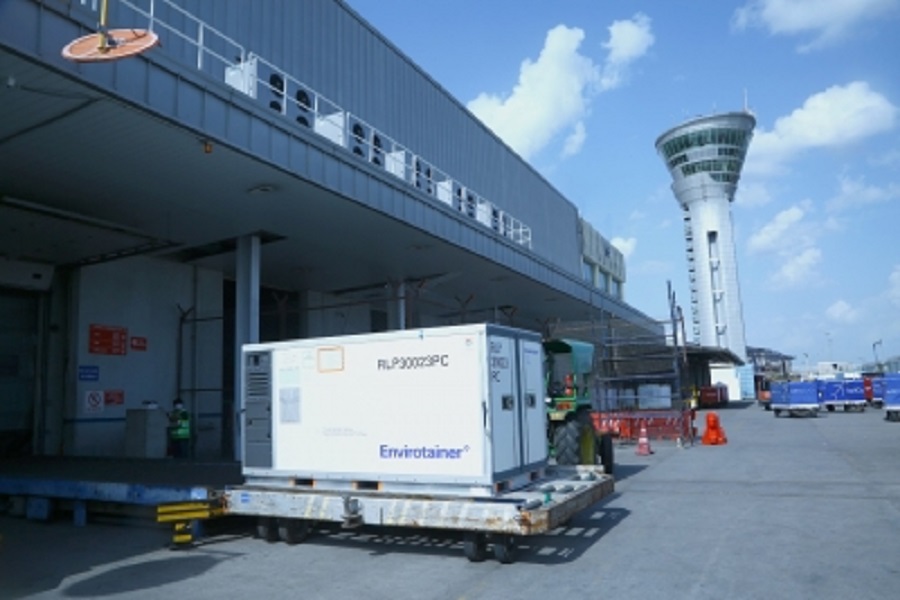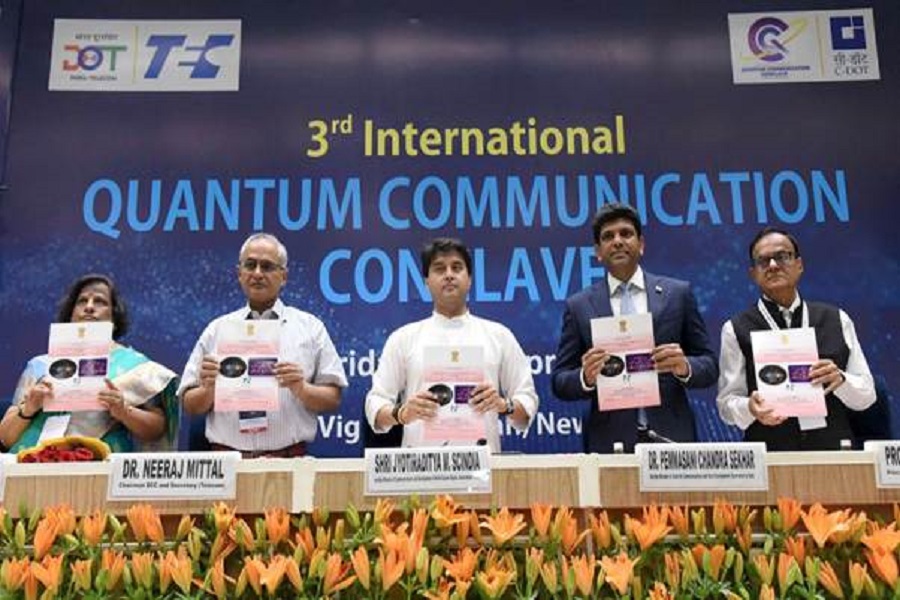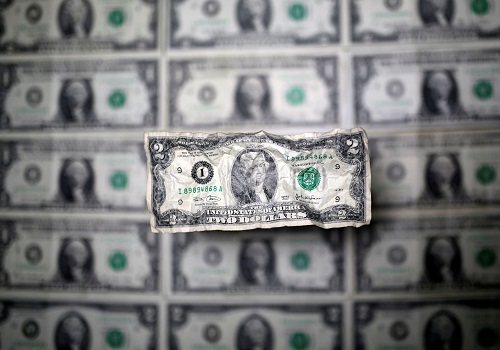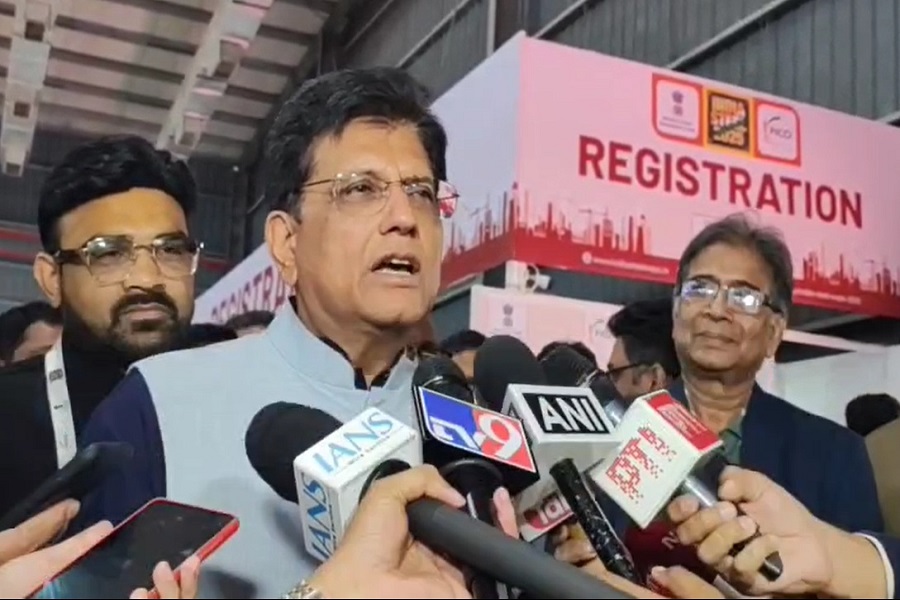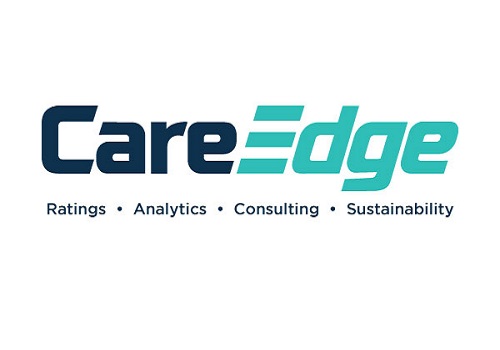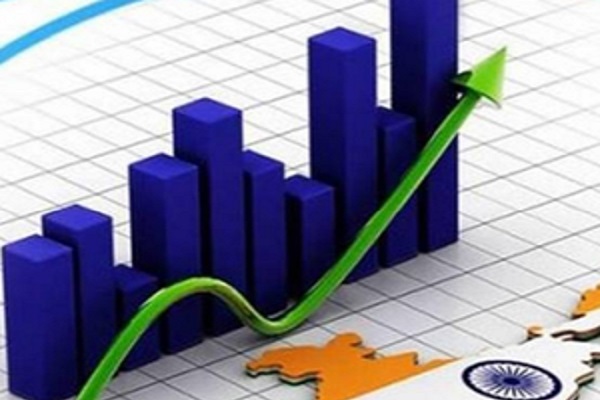India Strategy : Corporate profit to GDP ratio – analyzing growth across cycles By Motilal Oswal

The ratio is at a decade high in 2022
Interpreting the corporate profit to GDP ratio over 2003–22
* India's corporate profit (Listed + Unlisted) to GDP ratio fell to 2.2% from 7.8% over 2008-20. For the Nifty-500 Universe, the ratio has declined to 2.2% from 5.1%, at a two-decade low, over the same period.
* Notably, in 2022, the corporate profit to GDP ratio rebounded to a decade high of 4.3% and 4.5% for the Nifty-500 Universe and listed India Inc. respectively. The recovery was driven by the expansion in the economy, as the denominator i.e. GDP grew 19.5% YoY in FY22 after a contraction in 2021 (due to Covidinduced lockdowns), while corporate profit rose at a faster rate of 48% YoY (for the Nifty-500 Universe). The growth in profit, however, was hardly broad-based and driven only by three sectors: BFSI, O&G, and Metals. More than half of the incremental growth was steered by BFSI, underpinned by a modest revival in credit growth and improvement in asset quality trends.
* In this report, we analyze ‘corporate earnings as a percentage of GDP’ in greater detail. We use Nifty-500 as a proxy of corporate earnings for a detailed analysis of the sectors/companies as the index contributes 90% to India’s market cap.
* Notably, the corporate profit to GDP ratio had been on a downward trajectory since 2010, barring 2017, when profits of global Cyclicals (such as Metals and O&G) had rebounded and losses of PSU Banks had reduced over the preceding year.
* In our analysis, we segregate the 2003–22 period into three parts: A) 2003–08, B) 2008–20, and C) 2020–22.
A) 2003–08: The Golden Phase…
* The corporate profit to GDP ratio almost doubled to 5.1% from 2.7% over 2003– 08, with Nifty-500 profits growing at a 30%, 2x the pace of the underlying GDP growth (CAGR of 14.5%).
* This surge was driven by the export-, investment-, and capex-oriented sectors. During 2003–08, the global economy was growing at a faster rate, supporting the export-oriented players. Capacity investments across sectors were also significant as the investment cycle took off steadily.
* Of the 2.4% improvement in the profit/GDP ratio over this period, 1.6% was contributed by Metals, Technology, BFSI, Capital Goods, Real Estate, and Cement.
B) 2008–20: …that lost its sheen
* Over 2008-20, the distress in domestic corporate earnings had translated into erosion in the Nifty-500 profit/GDP ratio to 2.2% from 5.1%.
* Similar to 2003–08, the movement in the ratio over 2008–20 was led by certain sectors – 85% of the decline was fueled by Oil & Gas (27%), Metals (23%), PSU Banks (15%), Telecom (14%), and Capital Goods (6%).
* NBFC, Technology, Chemicals, and Retail were the only sectors that have seen improvement in the profit/GDP ratio during 2008-20.
C) 2020-22: Reversion to the mean
* Notwithstanding the pandemic-induced gloom and weak economic recovery, corporate profits have bounced back from the lows.
* The corporate profit to GDP ratio rebounded to ten-year highs of 4.3% (longperiod average of 3.7%) in 2022 as profit grew at a faster pace (48% YoY).
* The ratio improved for 18 of 25 sectors, of which 84% was driven by Metals (25%), Oil & Gas (20%), Private Banks (15%), PSU Banks (14%), and Telecom (10%).
* Consumer, Insurance, Logistics, Consumer Durables, Infrastructure, and Media were the only sectors to see deterioration in the profit/GDP ratio.
Value migration at play – share of Private Corporate as a percentage of GDP expands at the cost of PSU Corporate
* We analyzed India’s corporate profit to GDP distribution over the last two decades in three categories: PSU Corporate, MNCs, and Private Corporate.
* PSU Corporate’s profit to GDP was down to 0.5% in 2020, from 2.1% in 2008, given the significant value migration away from public to private in sectors such as Banking, Telecom, and Airlines. This was even as PSU-heavy sectors such as Oil & Gas and Utilities underperformed on profit growth v/s the underlying GDP growth. However, they witnessed a revival to 1.4% in 2022.
* PSU losses have been converted into gains by the Indian Private Corporate sector, with the latter’s profit/GDP ratio rising to 2.7% in 2008 from a meager 0.8% in 2003. However, the same declined to 1.4% in 2020 and is currently up at 2.6% in 2022.
Improvement in Corp profit to GDP continue
* We expect the improvement in corporate profit to GDP to sustain.
* India’s earnings cycle has seen a turnaround after almost a decade; the current adverse macroeconomic backdrop with heightened worries on rising interest rates, elevated crude oil prices and liquidity tightening has kept the market volatile and jittery. Meanwhile, the domestic earnings continue to remain healthy and provide a silver lining, notwithstanding the challenges faced on multiple fronts. After 15% and 35% growth in Nifty EPS in FY21 and FY22, respectively, we are building in 18% growth for FY23. Though the risks to earnings are tilted towards downside, we however expect the profit to GDP ratio to improve both in the short as well as medium term.
* Also, we note that in every cycle, new sectors evolve and contribute to the corporate profit to GDP ratio. This is a reflection of the change in the underlying economy. In the earlier upcycle of 2003–08, sectors such as Infrastructure, Cement, Capital Goods, and Construction evolved, even as investments — as a proportion of GDP – galloped. Some sectors that were not listed a decade ago are now listed and performing well. They also have a strong long-term growth path ahead of them, given the under-penetration in their respective segments. For example, Consumption and Financials have performed relatively better visà-vis investment-oriented sectors. Over the last few years, Insurance (Life and General), Asset Management Companies, Organized Retail, Lifestyle Consumption, etc., have scaled up and continued to gain traction. We expect their contributions to the profit to GDP equation to inch up further.
To Read Complete Report & Disclaimer Click Here
For More Motilal Oswal Securities Ltd Disclaimer http://www.motilaloswal.com/MOSLdisclaimer/disclaimer.html SEBI Registration number is INH000000412
Above views are of the author and not of the website kindly read disclaimer



